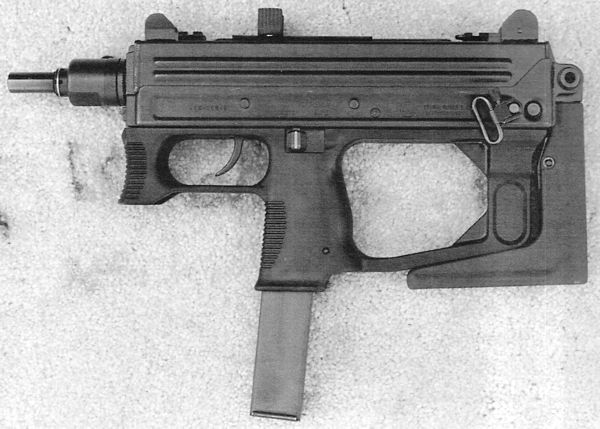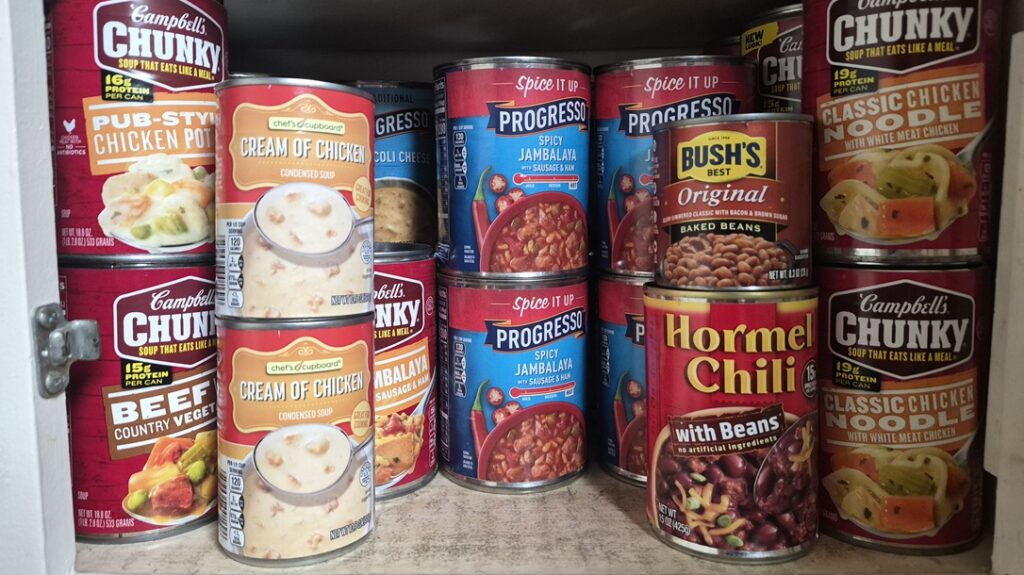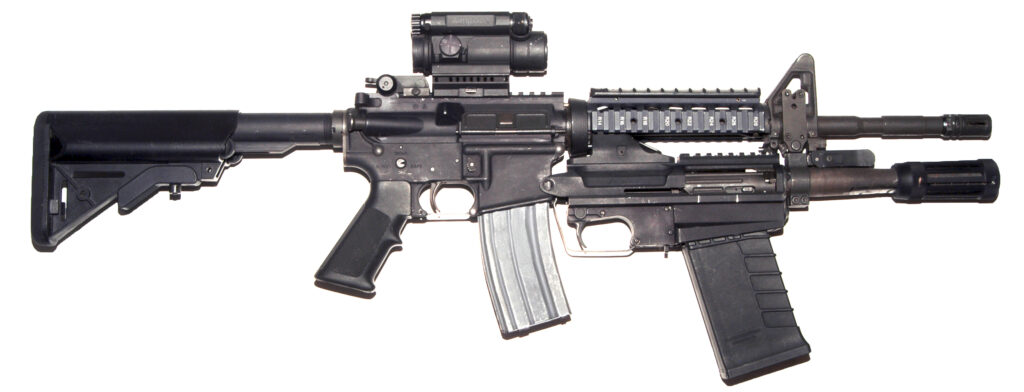What’s Ruger mostly known for? Affordable firearms? Sure. Revolvers? Yep. The Mini-14 and the A-Team? Hell yeah. What they aren’t known for are machine guns or, more accurately, submachine guns. Ruger has never been HK in that department, but that doesn’t mean they never tried. In the early 1990s, before the carbine took over, the SMG was still the weapon of choice for close-quarter combat, and Ruger wanted to get into that market with the MP9.
The Origin of the MP9
The Ruger MP9 looks a bit like a Uzi, right? Well, that’s because Uziel’ Uzi’ Gal designed it. He designed a gun called the Model 201, which was meant to be an improvement on the Uzi. Bill Ruger purchased the design and brought it to the States. The Model 201 and the MP9 share a common parentage, but the MP9 did make some serious changes to the Model 201.
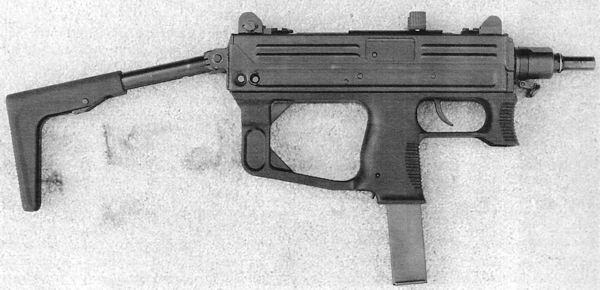
Advertisement — Continue Reading Below
The MP9 shares a lot of components with the Uzi. They are both 9 mm, although Ruger did produce a tool room 10mm prototype. The gun uses a wrap-around bolt design, a grip-based magazine well, and lots of stamped, welded sheet metal. While it had a lot in common with the Uzui, the MP9 was clearly an improvement.
Breaking Down the MP9
The Uzi was a fine SMG, but it had some flaws. Namely, it was an open-bolt gun. Open bolt guns aren’t as reliable as closed bolt designs, are not drop-safe, and can affect accuracy due to excessive bolt movement. The biggest change with the MP9 was the move to a closed bolt format. This put the MP9 right up there with the MP5 and Colt SMG in terms of modernization. (In 1994, anyway.)
The MP9 still used a straight blowback system but did use a dual buffer system in the recoil assembly. The first is a stationary buffer made from DuPont material. The second is a bit more interesting. Seven washers sat behind the barrel nut and were preloaded by the factory. When the gun fired, the bolt would strike the chamber end of the barrel, and the barrel would move forward just a hair. This counteracted normal recoil, and it made the gun fairly easy to control for a blowback SMG.
Advertisement — Continue Reading Below
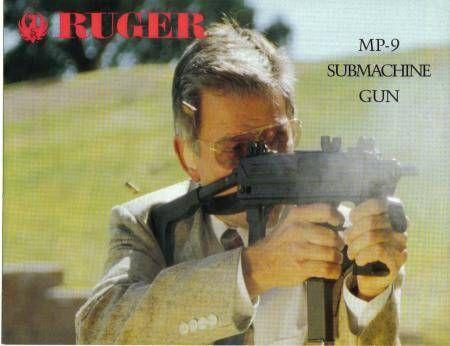
The gun features a collapsing stock design, much like the original Uzi. It collapses and folds out of the way to make the gun relatively comfortable and easy to carry. You might notice a weird rear end on the gun. It’s an odd design choice, and apparently, a writer for Soldier of Fortune described it as being used to help fire the gun. The support hand could hold this portion and create tension to control the gun with the stock collapsed. Up front, there was another area that acted as a support grip.
The Ruger Touches
The original Uzi was an all-metal gun, but the MP9 featured a healthy dose of polymer. The lower frame portion is made of the same polymer Ruger used for their P series pistols. It’s cheap and kind of ugly, but we all know it’s tank-like and quite strong. Unlike the original Uzi, this closed-bolt variant utilized a drop-safe design. The gun features a firing pin block for total safety.
Advertisement — Continue Reading Below
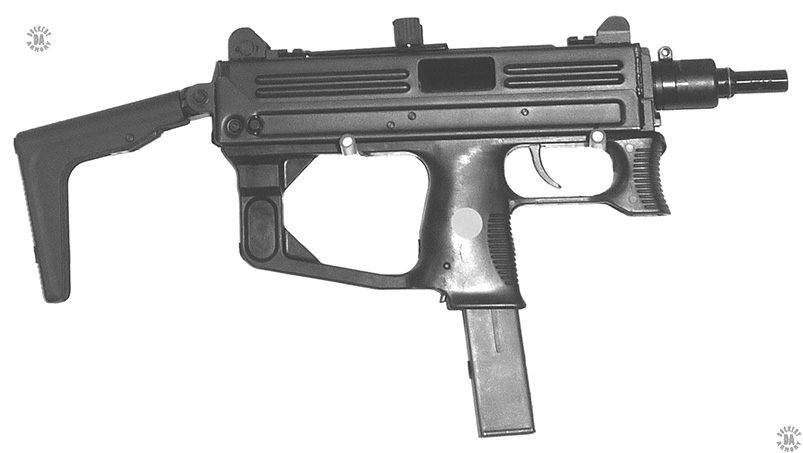
The weapon’s 600-round-per-minute firing rate makes it plenty easy to control. That’s fairly slow, and that makes it easy to fire two to three-shot bursts in a controllable design. A top-mounted charging handle is ambidextrous and is nonreciprocating. The sight speer through the charging handle, and Ruger went with a peep sight. Ruger even included a pair of sling swivels for the modern user.
Fate of the MP9
Only about 1,500 MP9s were ever produced. A few are kicking around the private market via dealer samples. It’s not clear if anyone ever adopted the gun, but it apparently showed up in Burundi. The MP9 was never a popular option, and this was an odd era for SMGs. HK dominated, and if your SWAT team had SMGs, they likely already had HK MP5s.
Advertisement — Continue Reading Below
A few years later, the GWOT would kick off, and the short carbine would become the de facto choice for close-quarter fights. Sadly, this effectively killed most SMG designs and their use amongst military forces. The MP9 was Ruger’s first and only submachine gun and remains so to this day.
